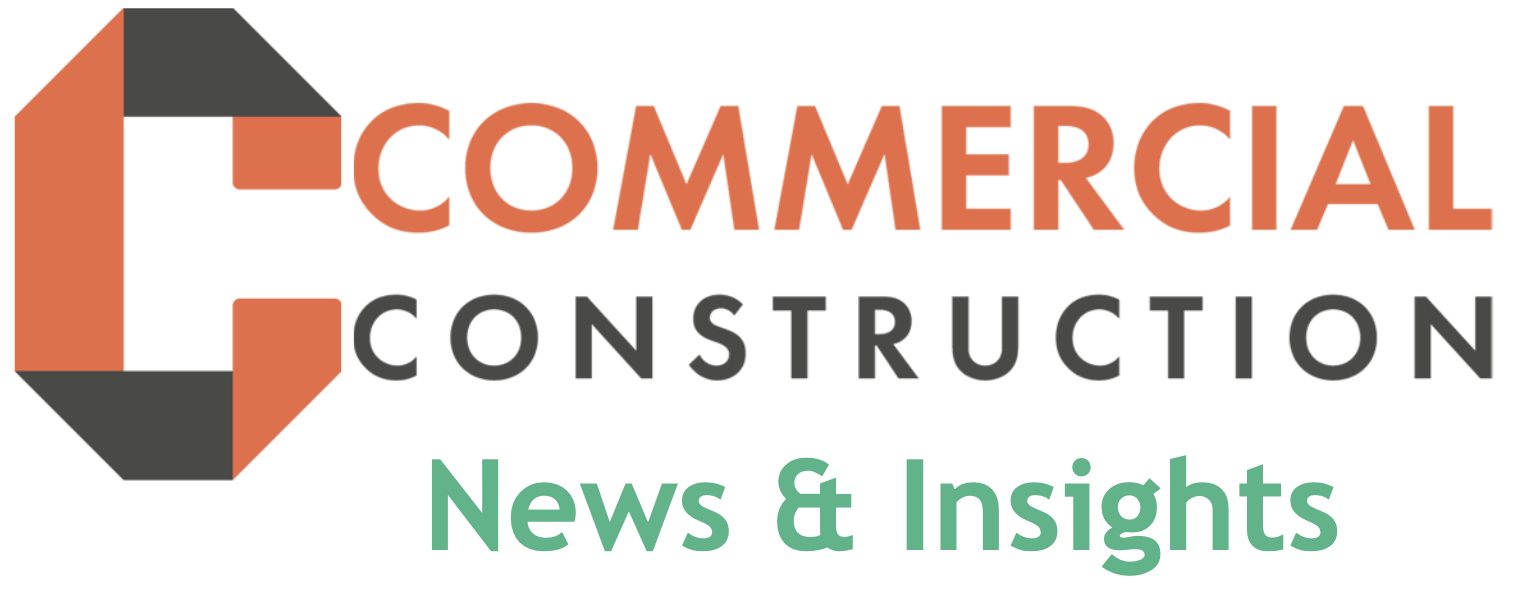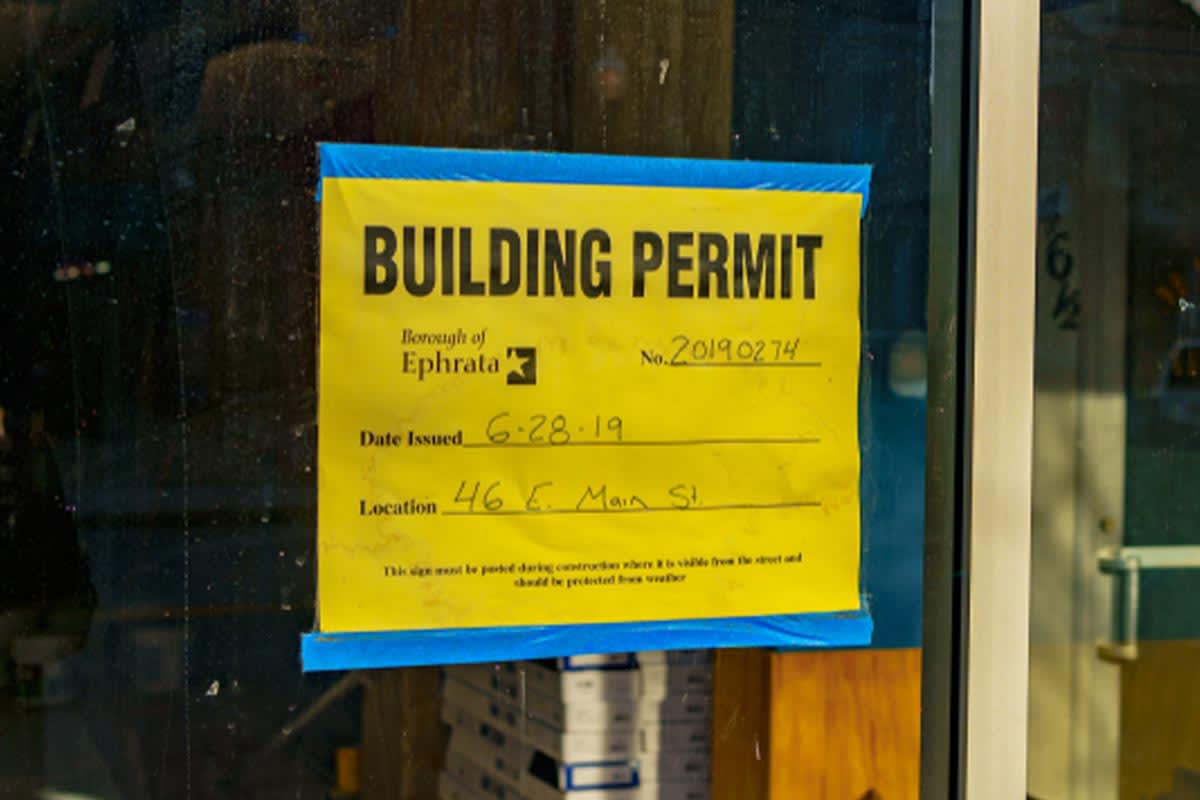In commercial construction, permitting has always been a critical — and sometimes unpredictable — component of project delivery. But across the Western United States, permitting timelines and requirements are becoming even more complex in 2025.
Owners, developers, and project teams must understand these shifting dynamics to avoid costly delays and keep projects on track.
The Current Landscape: Longer Reviews and Stricter Oversight
Several factors are driving changes in the permitting process across key Western markets:
Increased Regulatory Oversight
Cities and counties are tightening enforcement of environmental, accessibility, and energy-efficiency codes. This is particularly true in California, Washington, and Oregon, where sustainability and carbon reduction mandates are expanding.
Staffing Challenges at Agencies
Local jurisdictions continue to face staffing shortages and budget constraints, leading to longer review cycles and limited availability for plan checks, inspections, and re-submittals.
Evolving Building Codes
Frequent updates to seismic, energy, and fire/life safety codes require greater attention during design and plan check phases to ensure compliance and avoid corrections.
Public Transparency and Community Input
Many jurisdictions have implemented more robust public comment and review periods, which can extend timelines, especially for exterior work or projects near sensitive areas.
Why Permitting Delays Are So Costly
Permit-related delays often create cascading impacts:
- Extended general conditions and project overhead
- Escalation of material and labor costs
- Disruption to operations and tenant move-in schedules
- Missed business objectives tied to project completion
For organizations managing tight timelines or coordinating across multiple locations, these delays can jeopardize not only budgets, but also strategic plans.
How to Stay Ahead of Permitting Challenges
While these trends present challenges, they are manageable with a proactive and disciplined approach:
Engage Early
Do not treat permitting as a back-end process. Engage local agencies during design development to confirm requirements, pre-screen plans, and understand timelines.
Leverage Local Expertise
Municipal codes and interpretations vary widely. Partner with designers, permit expeditors, and contractors familiar with local jurisdictions to avoid surprises.
Submit Complete and Clear Packages
Incomplete submissions lead to corrections and restarts. Ensure drawings are coordinated, code references are clear, and all required documents are included.
Track and Communicate Constantly
Permitting is dynamic. Maintain regular contact with agency staff, monitor submittal status, and keep project stakeholders informed of review progress and impacts.
Plan for Contingencies
Recognize that even the best-planned projects may face delays. Build permitting buffers into schedules and discuss acceleration or resequencing strategies upfront.
Conclusion
Permitting will continue to evolve in complexity across the Western U.S. in 2025 and beyond. Owners and project teams who treat it as a core component of project planning — rather than a hurdle to clear at the last minute — will be far better positioned to avoid costly delays and deliver with confidence.
In construction, control over permitting isn’t about shortcuts — it’s about preparation, relationships, and disciplined execution.




